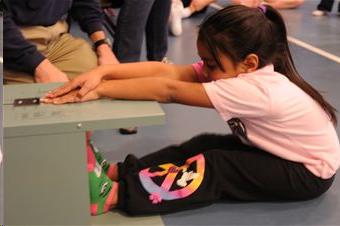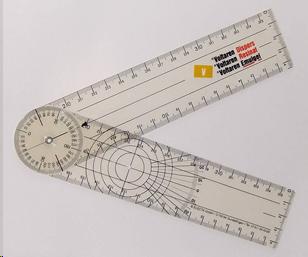KIN122 Chapter6
Table of Contents
- Chapter 6 Focus on Flexibility: Stretching for Better Health
- Objectives
- Components of Health-Related Physical Fitness
- Benefits of Flexibility
- Factors Influencing Flexibility (1)
- Factors Influencing Flexibility (2)
- Factors Influencing Flexibility (3)
- Factors Influencing Flexibility (4)
- Assessing Flexibility
- Designing Your Stretching Program (1)
- Designing Your Stretching Program (2)
- Designing Your Stretching Program (3)
- Designing Your Stretching Program (4)
- FITT Formula for Designing Your Stretching Program
- Designing Your Stretching Program (5)
- Designing Your Stretching Program (6)
- Designing Your Stretching Program (7)
- Sources
Text and Images from Slide
Assessing Flexibility
- Tests specific to joint
- Established tests
- Sit and reach test
- Goniometer
- Measures joint angles


Above: Sit and Reach test.
Below: A goniometer.
